Festival camping is another ball game than normal camping and requires extra equipment. Here are a few tips to ensure your festival camping experience is comfortable, happy, and vibrant!
Baby wipes – great for the toilet, face, and hands and to keep your tent clean. These tiny, colorful packets are festival-ready and take up less room than toilet roll!
Festival camping is a must-have for many music lovers. You’ll want to get a comfortable chair and sit down to eat, drink, or chat with friends. It will also help you sleep better at night. The ground isn’t the best thing to sleep on, and it’s easy to get cold at night at festivals. If you can, bring an air mattress or air pillow for extra comfort.
A great option is the Kijaro Dual Lock folding camp chair. It’s lightweight, strong and offers plenty of back support. Our testers found it comfortable, with the seat able to lock into place so it doesn’t sag over time. It’s a little more expensive than other chairs on this list, but it’s still worth the money to be more comfortable while camping at a festival.
You’ll also want to bring a folding table for your campsite. This will make it easier to eat and do other things like set up tents. It will also be useful for holding food and drinks. You can even use it as a place to lay your blanket.
Another essential item is a headlamp or lantern. It will be helpful for getting around your tent at night and to see your way out of the festival after dark. You can even try one of these rechargable lights that charge up with the sun during the day and light up at night.
Power banks are also a must-have, as you may not have a chance to charge your phone at the festival. We recommend bringing a few so you can stay charged all weekend long. Also, don’t forget earplugs! Depending on your location, you could be sleeping next to a deafening stage or in the middle of a crowded crowd. Protect your hearing by bringing some earplugs for the duration of the fest.
Portable Speaker
Whether you’re in the middle of a deafening stage or relaxing back at your tent, a portable speaker is a must. The latest Bluetooth speakers come with a long battery life and a variety of extra features, making them ideal for camping festivals. Moreover, some double as power banks for mobile devices, which will be invaluable during the weekend.
You can pair these portable speakers to create a surround sound system for the ultimate festival experience, or keep it simple with one that simply plays your favorite tunes. And if the music ends early or you’re back at your tent for some rest, a good set of earplugs will protect your ears from loud noise that can cause hearing damage over time.
The earplugs are easy to pack in a small pouch, and the speaker is compact enough to stow in your backpack or tent struts. Its woven hanging loop also makes it easy to attach or pull out for impromptu jam sessions with friends. The device is also a winner in the sustainability stakes, thanks to its 100 per cent recycled exterior.
Water Bottle
A water bottle is a staple item for any festival packing list. It’s important to keep hydrated during a music event, especially one that lasts a few days. Water bottles come in different shapes, sizes and colors. You can choose a reusable water bottle with a wide opening for easy drinking or opt for a narrower opening that’s easier to hold on to. You can also find some with a built-in straw for easy sipping.
Metal bottles have durability against drops and scratches, which is a plus for campers or anyone who’s clumsy. Many of them also have insulation and a Thermos-style design to help keep your drinks cold or hot. They can be a bit heavier than plastic bottles, though.
You’ll also want to bring a collapsible water bottle, as it’ll take up less space in your bag or fanny pack. These are great for getting you through the festival without needing to make a trip to the bathroom.
Another helpful addition to your water bottle is a spray or mist attachment. This is an easy way to cool off in the heat, and there are even some spray bottles with a fan in the top for double cooling power. You can also bring some portable fans, which are becoming increasingly popular at festivals. There are even solar-powered ones that you can leave out during the day to charge up, then use at night to recharge your electronic devices. These are a great option to have on hand in case you run out of battery at the venue or your phone battery dies. The solar-powered ones also light up, which makes for a fun accessory to add to your campsite!
Pocket Money
If you’re camping at a music festival, then it’s a good idea to bring some pocket money to spend on food, drink and other festival things. You’ll also want some cash for the porta potties, and for buying any additional equipment you might need at the festival. It’s also a good idea to take a credit card, in case you need to withdraw some extra cash.
An air mattress is a must-have for any festival goer who plans on camping. It’s a lot more comfortable than sleeping on the ground, and it makes it much easier to get up in the morning! You should also consider taking a pillow, as it’s very important to get some sleep during the festival.
You can also take a tent or gazebo with you, depending on the festival. It’s a great way to protect yourself from the sun and it can also be fun to set up and chill out under with friends. However, be sure to check that it’s allowed before you head down to the festival.
A tarp is another good item to have, as it can protect your campsite from rain and other weather conditions. It can also be helpful if you need to lay a foundation for your tent, or if you’re going to use it as a barrier between you and other campers. You might also want to take a mallet or hammer, as these are useful for banging in tent stakes. A multi-tool is also handy, as you can use it for a number of things at the festival, from cutting up food to opening bottles. You should also bring some basic first aid items such as painkillers and a band-aid or two.
Toiletries
Festivals are a lot of fun, but they can also be quite dirty and messy. Having toiletries with you on your camping trip is important to stay clean and fresh throughout the event. This includes items like soap, shampoo, toothpaste, and contact lens solution. Having these things can make a big difference when it comes to feeling good and getting ready for a night of music and dancing.
There are a few other miscellaneous things to have on hand at your campsite that will make your festival experience that much better. A sleeping bag pad is a great idea to help prevent sore backs from the hard ground. Special concert earplugs are useful to block out the loud tunes and protect your ears from hearing loss, and bug spray is essential to avoid being eaten alive by all the insects. A spare t-shirt and pair of flip flops can come in handy when you want to take a break from dancing or when it gets cold at night. A backpack or day pack is handy for carrying around all your gear.
Baby wipes are a festival must-have, as they are multipurpose and can be used for anything from cleaning off surfaces to wiping away mud or sweat. They also work wonders when you’re at a festival that doesn’t have showers. A hydration mix is another essential for keeping your water levels up and electrolytes balanced, especially if the weather is predicting rain or you’re doing long-distance travel to the festival site. A hydration pack is great, as it can be worn on your back and keeps the water close to your body.

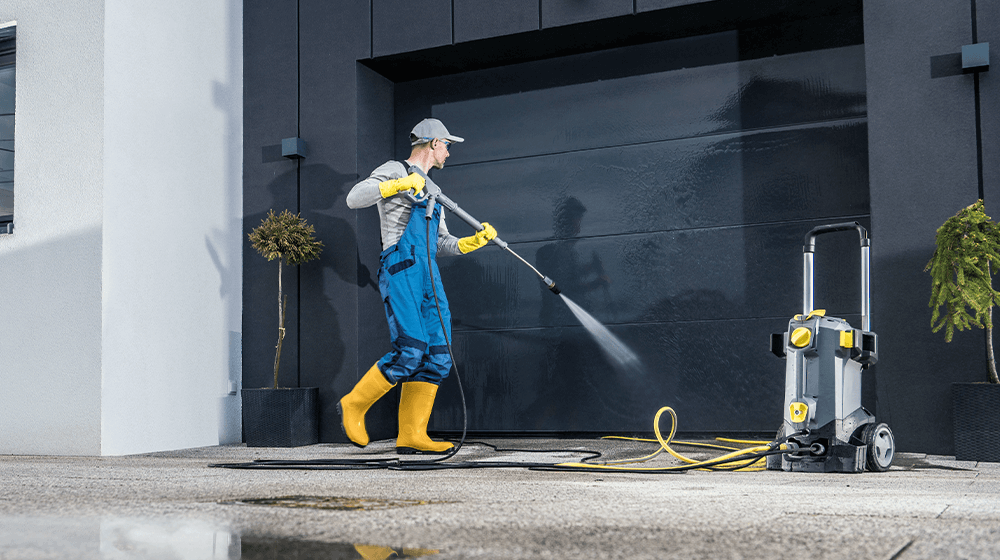
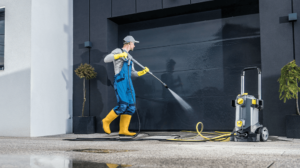
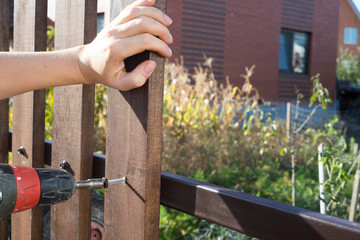
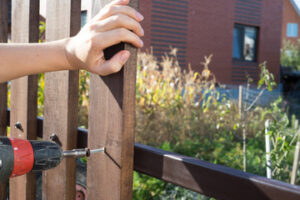
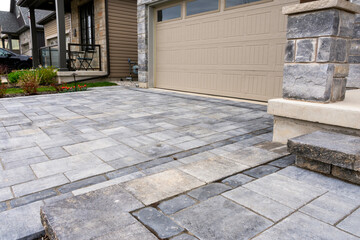
 Pavers are an attractive and durable alternative to traditional gravel. They can be installed in various styles, including cobblestones and brick. They also provide an eco-friendly option, as their permeability allows water to pass through and percolate back into the groundwater supply.
Pavers are an attractive and durable alternative to traditional gravel. They can be installed in various styles, including cobblestones and brick. They also provide an eco-friendly option, as their permeability allows water to pass through and percolate back into the groundwater supply.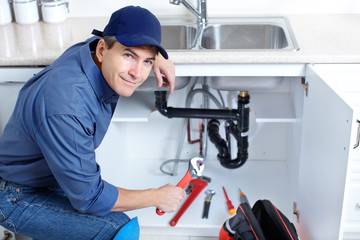
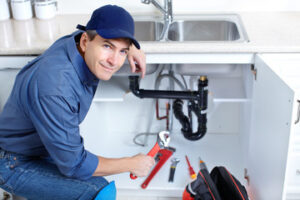 Plumbing is the piping that delivers water to and from fixtures and appliances. It also includes the drains that dispose of waste. The plumbing system is complex, with many parts and connections. In addition, many different terms can be confusing to those who need to become more familiar with the industry. These terms can make it difficult to understand the instructions in a DIY plumbing project, or even to communicate with a plumber when an issue arises.
Plumbing is the piping that delivers water to and from fixtures and appliances. It also includes the drains that dispose of waste. The plumbing system is complex, with many parts and connections. In addition, many different terms can be confusing to those who need to become more familiar with the industry. These terms can make it difficult to understand the instructions in a DIY plumbing project, or even to communicate with a plumber when an issue arises.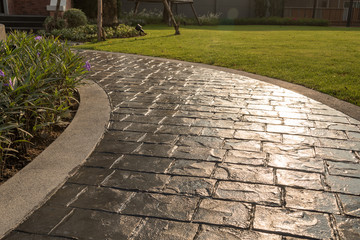
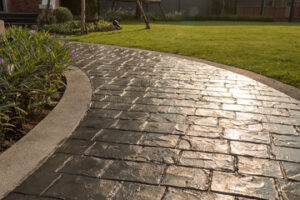 Stamped concrete is a cost-effective option for homeowners looking to improve the look of their patios, walkways and pool decks. In addition, it is a durable material that will last longer than other surface materials, such as pavers or asphalt. Because of these advantages, it is a smart investment for any property owner.
Stamped concrete is a cost-effective option for homeowners looking to improve the look of their patios, walkways and pool decks. In addition, it is a durable material that will last longer than other surface materials, such as pavers or asphalt. Because of these advantages, it is a smart investment for any property owner.